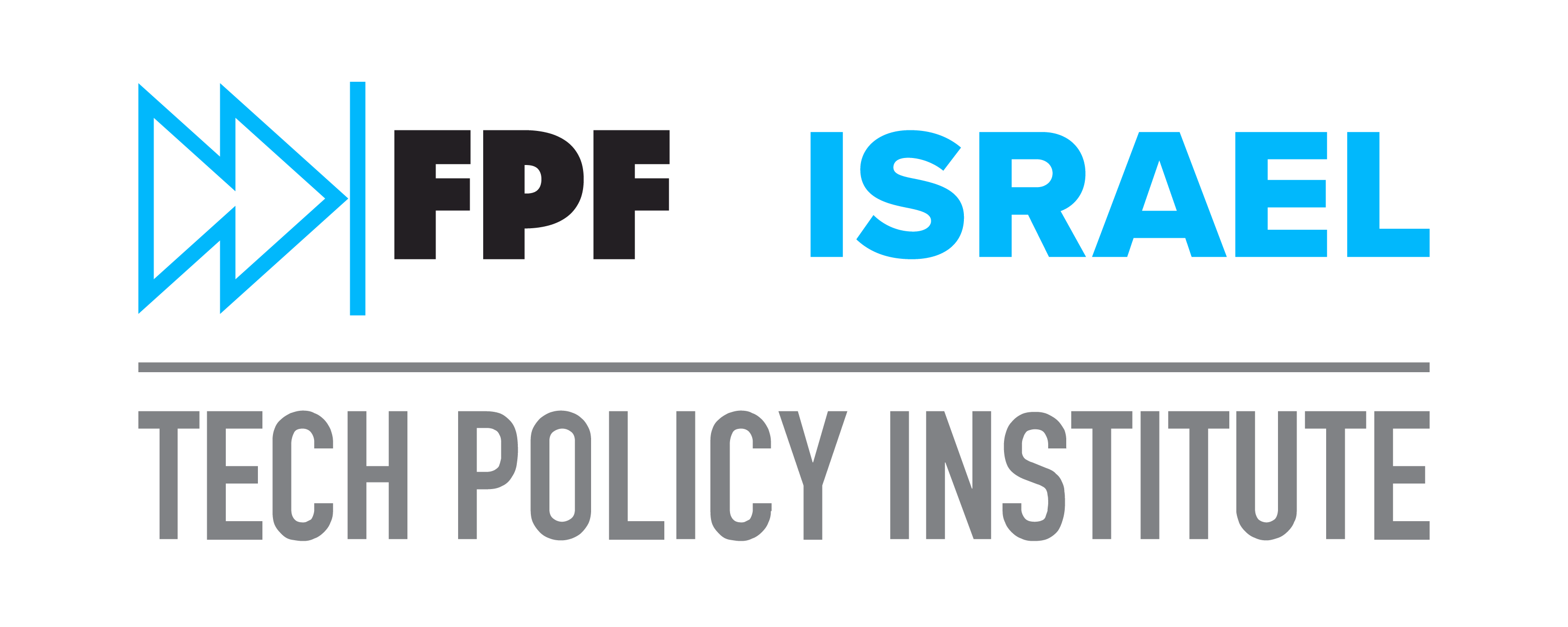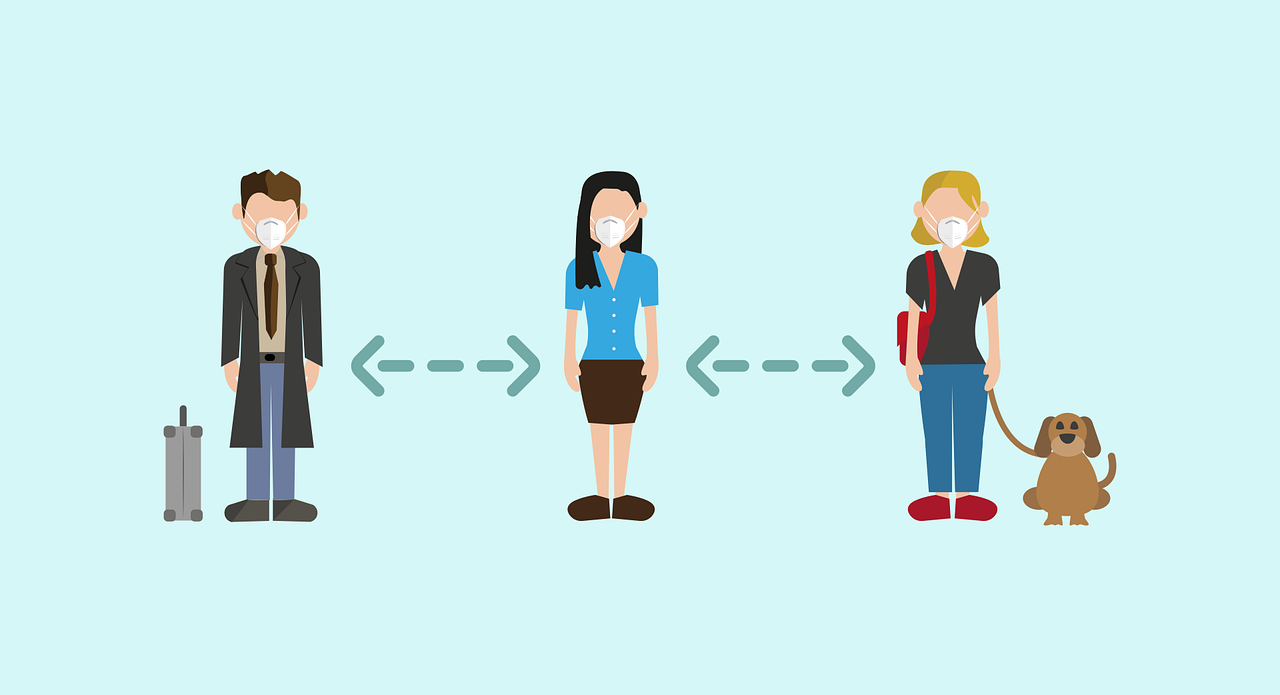Between Hong Kong and Tel Aviv: On facial recognition cameras, privacy, and freedom of expression

The Hong Kong government last week issued an order, which prohibits demonstrators from wearing masks so that law enforcement authorities can identify them. Demonstrators were also reported lately to have knocked down smart lampposts across the city for fear the Chinese government is using hidden cameras in the posts to spy on them.
Deployed initially to track illegal waste disposal and traffic conditions, including through the capturing license plates, the lampposts in Hong Kong have embedded sensors and cameras. With masks no longer a useful aid, demonstrators resort to more creative ways, such as jamming the facial recognition cameras by shining laser lights into them.
Facial recognition technology
Facial recognition technology can tell if two images belong to the same person. It works by generating a unique person’s face biometric profile and matching it with the biometric image data tagged with specific persons. The technology is effective even if only part of the face is exposed, sometimes even when a person turns his back to the camera. It works on photos acquired both by still or video photography when that person is on the move. When the system matches between two images’ facial profile, the program generates a numerical value, which indicates the probability of the two faces belonging to the same person.
Armed with this technology, government authorities can track both criminals and legitimate protesters. The facial recognition technology emergence and the cameras fast deployment has led to significant enhancement of surveillance and tracking strategies. Over 64 countries are using facial recognition technology today, with China in the lead. It may come as no surprise that non-democratic nations are investing heavily in these technologies, but they are not alone: the Chinese technology company Huawei website lists quite a few European municipality’s customer success stories that implemented facial recognition technology for their smart city initiatives.
Demonstrating as a way of exercising freedom of speech
Public protests are far from new. From the protests in Tiananmen Square and across the Eastern Bloc in the 1990s to the massive frustrated Ethiopian origin Israelis demonstrations of in Israel this year, they are a popular means for expressing discontent. Interestingly, taking to the streets has not lost its power despite the social network prevalence, as evident from the high turnout numbers. Most democratic states protect the right to demonstrate under the law or constitution, based on the understanding that demonstrations allow people, who have no access to decision-makers, to voice their opinion and impact the public policy and agenda. In Israel, the freedom to demonstrate is a freedom of speech integral part, classified under Basic Law: Human Dignity and Liberty. The Israeli Courts considers freedom of speech a supreme right since it constitutes a precondition for exercising other rights.
Nonetheless, it is not unlimited. The right to demonstrate is protected only as long as people exercise it in peaceful ways. When this is not the case, the police are authorized to take action to ensure the public order is maintained while refraining from compromising human rights, to the extent possible.
Technology’s impact on the freedom of speech
The debate on technology’s impact on democracy and human rights has intensified recently. Indeed, facial recognition technology use may discourage people from exercising their freedom of speech in legitimate ways (called “the cooling effect”). This argument lies in the understanding that people feel at ease to take to the streets and express non-popular opinions anonymously but will refrain from doing so even if the facial recognition does not involve any sanction.
The opponents to the facial recognition technology use argue, among others, that regulation is needed, that the technology use is disproportional, and that other means are available with a lesser impact on privacy. After all, people are not giving their consent to be photographed and have no control over the biometric data the cameras collect. Worse still, research shows that some software programs bases its matching on biased data, which may lead to false positives, in particular with dark skin persons or women.
There are valid concerns that the authorities will retain data and compile blacklists in a manner that infringes on human rights. Even more disturbing is the possibility of combining facial recognition with AI to mine physical and mental health data from a person’s facial features. While the biometric identification use on millions of people to track down a few suspects may be crucial for many people’s safety, it might also turn us into a society under surveillance with grave concerns to democracy and the right to privacy. It is for these very reasons that the Governor of California approved this week a law that prohibits the police from using facial recognition technology in the police officers’ body cameras for three years.
The legal status
In Israel, the Databases Registrar directive governs the surveillance cameras used in the public domain. While the law stipulates that taking a person’s image in his/her private domain (as opposed to the public domain) constitutes a privacy infringement, one can argue that using a facial recognition technology in the public domain, where a person intentionally hides part of the face to make it unidentifiable is the same as taking a person’s image in his/her private domain. Under particular circumstances, taking a person’s picture in public may be deemed as perpetrated in the private domain (see: Zadik, civilian appeal 6902/06). Only ahead of time, informed consent can prevent such practice from constituting a privacy infringement, a condition that is very difficult to fulfill. Paradoxically, even the requirement from the authorities to inform the public about the existence of surveillance cameras, to mitigate the privacy infringement, might deter people from attending a demonstration.
Nonetheless, the privacy protection law exempts law enforcement authorities from their responsibility to privacy infringement, provided the infringement was reasonable and necessary to allow them to fulfill their duty. The United Kingdom Supreme Court recently ruled that facial recognition cameras use for maintaining public order and detecting criminals is lawful under both the European Human Rights Convention and the Data Protection Regulation. Note that the British police have complied with the European data protection law before implementing the cameras. Among others, the British police held a privacy impact assessment and used the findings to design a framework for data collection, processing, and retention policy that would comply with the law.
Conclusion
The legislator ought to ensure, through the checks and control imposition on the law enforcement authorities, that facial recognition technology does not infringe the right for privacy and freedom of expression in its quest to reap the benefits the technology offers in terms of public safety.
The law enforcement authorities, for their part, need to spell out the purpose for which they implement the technology, so police facial recognition use is only when the public interest is in real danger without it. They must commit to collecting only relevant, essential, and accurate data for the stated purpose and not use the data for any other purpose. Whenever running a facial recognition program to identify specific persons, if the match returns a negative result, the police must purge the biometric data related to this mismatch. Whenever the system detects a match, a human examiner must be named to inspect it before taking further action, to minimize the chances for a false positive. The law-enforcement body must also have rigorous information security controls in place and comply with all legal and regulatory requirements and restrictions that apply to surveillance cameras use in the public sphere.
Limor Shmerling Magazanik, Managing Director, Israel Tech Policy Institute; Advocate Noam Rosen, Policy Counsel, Israel Tech Policy Institute
This article was published by CalcalistTech



